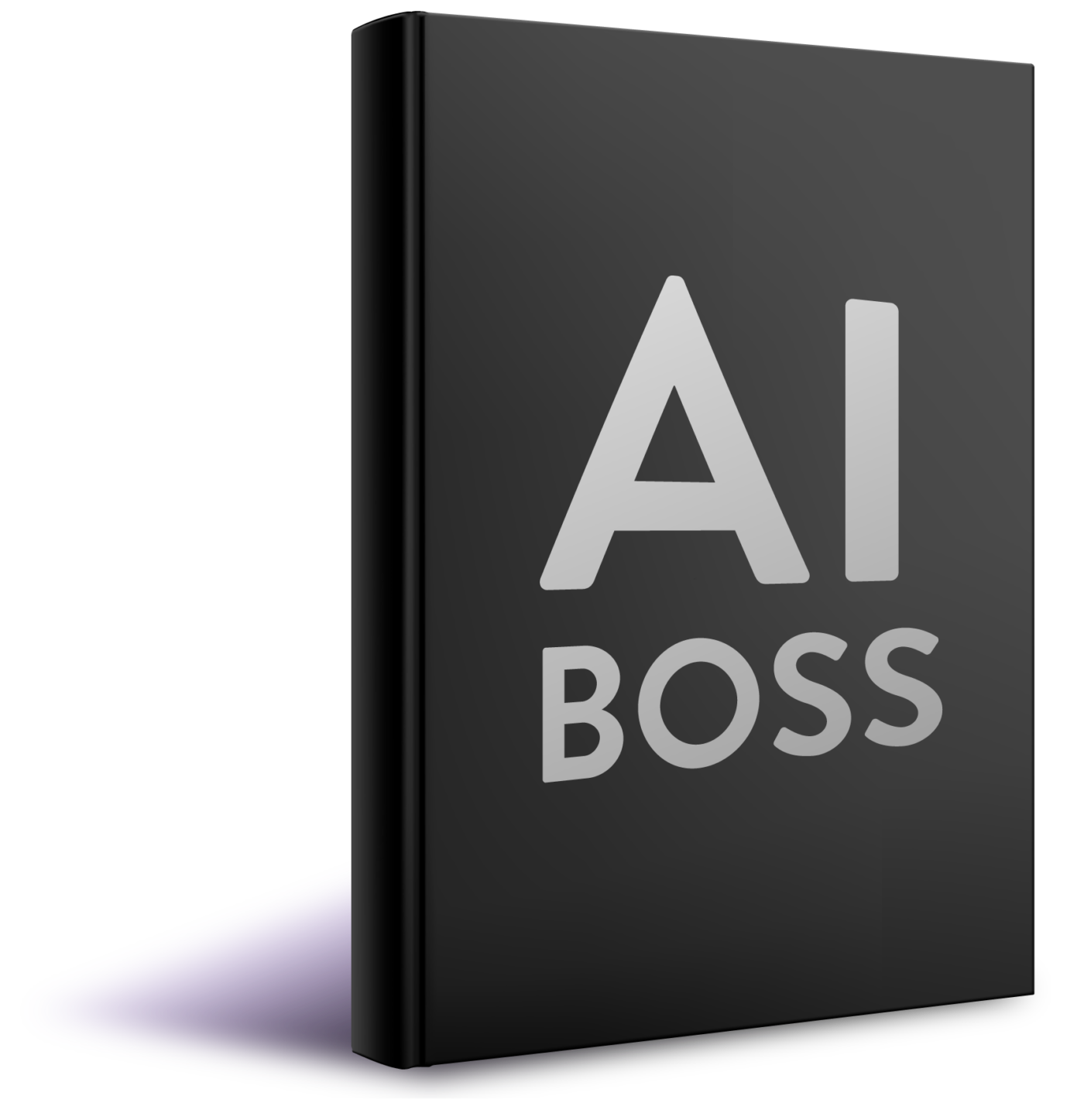Imagine two processes: One is built on business process automation solutions, leveraging AI-driven workflows, predictive analytics, and seamless integrations. The other? A relic of the past, dependent on spreadsheets, manual data entry, and outdated practices. One of these processes will define the future. The other? It might not exist in five years.
The Fate of Manual Business Processes
Think about how industries changed when the automobile replaced the horse and carriage. Processes around horseshoe manufacturing, blacksmithing, and stable upkeep once seemed essential—until they weren’t. Today, we’re witnessing a similar shift in business operations. Spreadsheets and manual workflows, once the default tools for managing business processes, are now barriers to growth. Businesses that continue to rely on them are facing growing challenges:
- Data Silos & Inaccuracies: Spreadsheets require manual updates, leading to errors, inconsistencies, and outdated information.
- Slow Decision-Making: Without automation, leaders make decisions based on yesterday’s data instead of real-time insights.
- Lack of Integration: Spreadsheets don’t communicate with CRMs, ERPs, or AI-driven tools, creating bottlenecks.
- Wasted Time & Resources: Teams spend hours updating files instead of focusing on strategic growth.
As competition accelerates and market conditions shift unpredictably, businesses still operating this way risk becoming obsolete—just like those who failed to adapt when the automobile took over.
The Rise of AI-Powered Business Process Automation Solutions
AI-driven business process automation solutions are transforming the way modern enterprises operate. Instead of relying on static spreadsheets, businesses are turning to intelligent systems that:
- Automate Repetitive Tasks: From data entry to reporting, AI eliminates inefficiencies.
- Deliver Real-Time Insights: Machine learning algorithms analyze trends, enabling faster, smarter decision-making.
- Enhance Customer & Employee Experience: AI-driven chatbots, automated workflows, and predictive analytics streamline interactions.
- Ensure Scalability & Adaptability: Businesses using AI automation can pivot quickly, adapting to market changes without operational lag.
Companies that embrace AI-powered business process automation solutions don’t just survive—they gain a competitive edge, improve efficiency, and drive growth at scale.
AI-Powered Business Process Automation Solutions in Action: A Case Study
The shift from traditional business processes to AI-powered automation isn’t just theoretical—it’s happening now. Companies that adopt AI are already seeing major efficiency gains and cost savings.
For example, Bouygues Telecom, a European telecom provider, partnered with IBM Consulting to transform its call center operations with generative AI. Before AI adoption, the company had over 8 million customer-agent conversations, but much of the insight from these interactions was lost due to inefficient data capture. Agents struggled to manually update CRM systems and had little time to review previous call transcripts.
By implementing AI-driven call summarization and topic extraction, Bouygues Telecom reduced pre- and post-call operations by 30% and is projected to save over $5 million in annual operational costs. This kind of automation is revolutionizing business processes—freeing employees from repetitive tasks and allowing them to focus on strategic growth.
The Verdict: AI or Obsolescence?
In five years, businesses that still rely on spreadsheets for critical processes will face a harsh reality: inefficiency is no longer an option. The AI-powered enterprise is not just the future—it’s the present. And companies that fail to automate will find themselves struggling to keep up, or worse, left behind entirely.
Are you ready to transition from outdated manual processes to scalable, AI-driven automation? Explore how Aurea’s business process automation solutions can future-proof your enterprise today.


